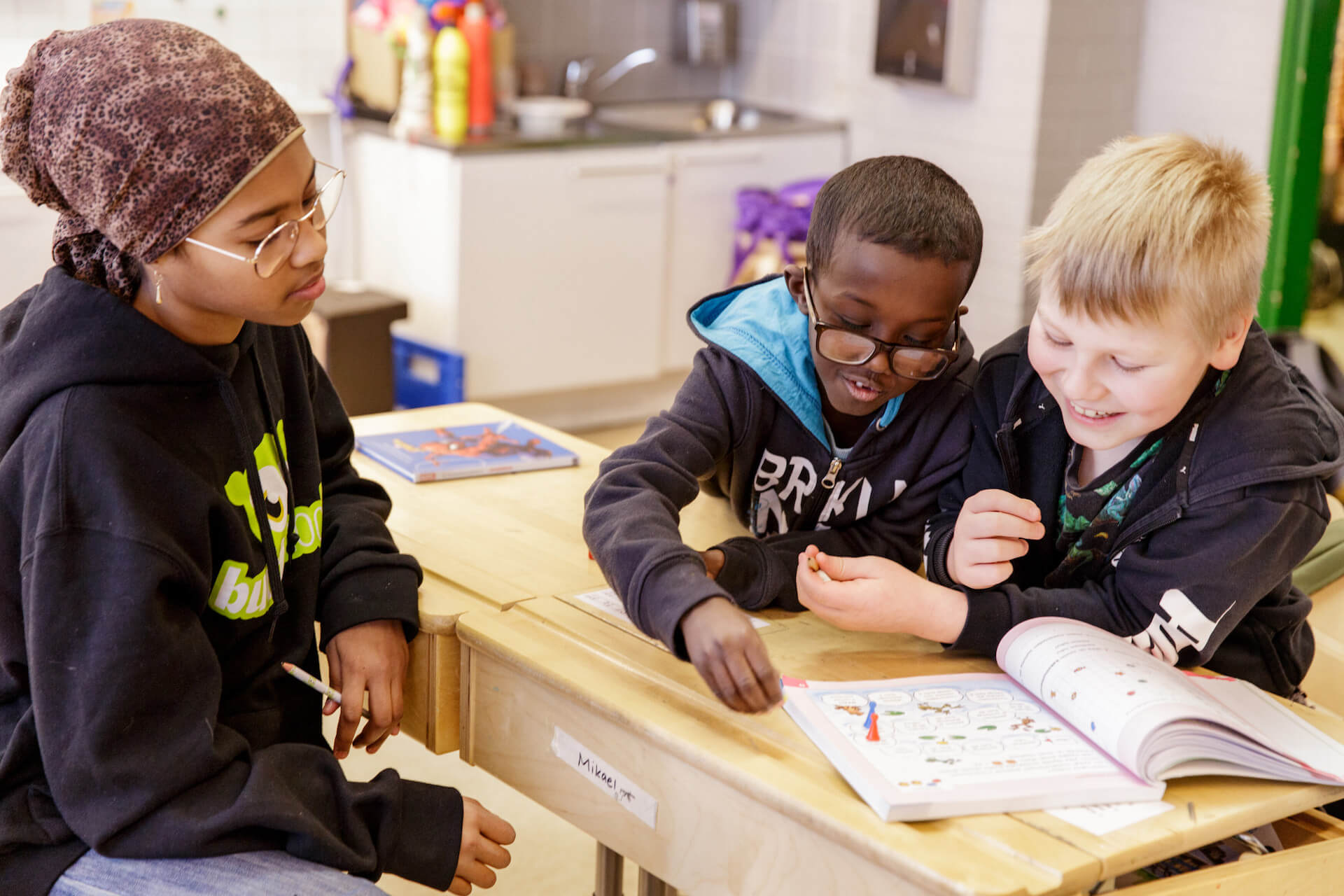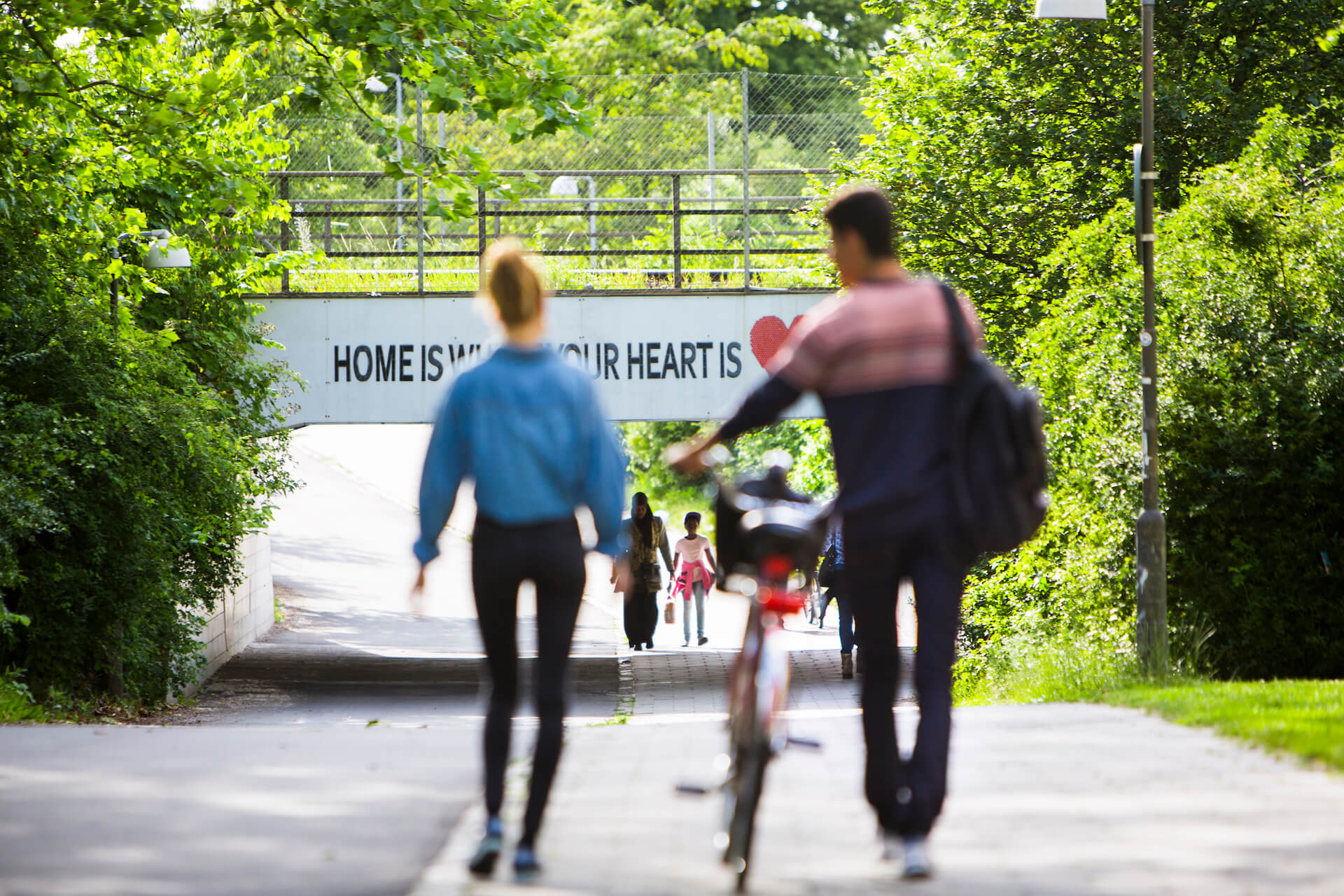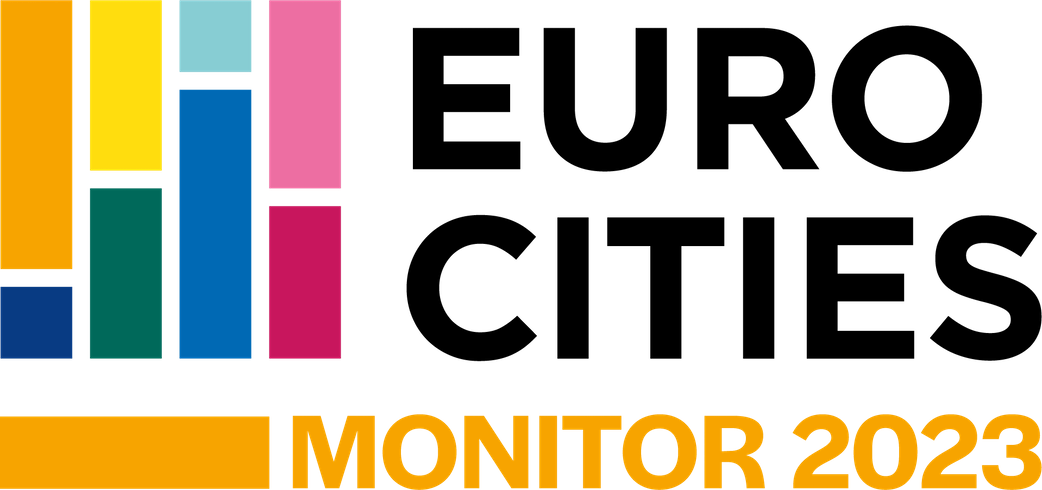Reading Time: 9 minutes
Cities continue to host and integrate despite challenges
Cities host most people fleeing conflict, oppression, poverty or natural disasters. It has primarily been to cities where the more than 7 million Ukrainian refugees have fled since the beginning of the Russian invasion in February 2022.
As reflected in the results of the Eurocities Pulse Mayors Survey, dealing with migrations, alongside the effects of the Russian war in Ukraine and related concerns such as the energy crisis, have all featured in the top five challenges shared by mayors for 2022. Many cities across Europe were quick to mobilise solidarity actions and create support structures to welcome people fleeing the Russian war in Ukraine, often by collaborating with civil society organisations and other local stakeholders on the ground. Local services were reinforced and adapted to provide housing, emergency social aid, healthcare, psychological assistance and legal advice.
In the first weeks of war, cities such as Gdansk mobilised to offer free public transport to all Ukrainian refugees and set up a donation and collection point of items that might be useful for them. Riga made €500,000 available upfront to support newcomers and opened its Ukrainian Support Centre as an agency to match job applicants and vacancies at local companies.
Vilnius, Lille and Prague prepared a humanitarian aid plan to accommodate Ukrainian families. In addition, Prague requested residents to host refugees, and prepared a basic information leaflet to help orient them once in the city. Others, such as Madrid and Hamburg, made their existing reception centres available for Ukrainians, and Berlin created a dedicated centre.
In Latvia, we have more than 40,000 refugees that have been in our refugee centres. The challenges are the same as all of Europe faces.
– Martin Stakis, Mayor of Riga
Cities host most people fleeing conflict, oppression, poverty or natural disasters. It has primarily been to cities where the more than 7 million Ukrainian refugees have fled since the beginning of the Russian invasion in February 2022.
As reflected in the results of the Eurocities Pulse Mayors Survey, dealing with migrations, alongside the effects of the Russian war in Ukraine and related concerns such as the energy crisis, have all featured in the top five challenges shared by mayors for 2022. Many cities across Europe were quick to mobilise solidarity actions and create support structures to welcome people fleeing the Russian war in Ukraine, often by collaborating with civil society organisations and other local stakeholders on the ground. Local services were reinforced and adapted to provide housing, emergency social aid, healthcare, psychological assistance and legal advice.
In the first weeks of war, cities such as Gdansk mobilised to offer free public transport to all Ukrainian refugees and set up a donation and collection point of items that might be useful for them. Riga made €500,000 available upfront to support newcomers and opened its Ukrainian Support Centre as an agency to match job applicants and vacancies at local companies.
Vilnius, Lille and Prague prepared a humanitarian aid plan to accommodate Ukrainian families. In addition, Prague requested residents to host refugees, and prepared a basic information leaflet to help orient them once in the city. Others, such as Madrid and Hamburg, made their existing reception centres available for Ukrainians, and Berlin created a dedicated centre.
In Latvia, we have more than 40,000 refugees that have been in our refugee centres. The challenges are the same as all of Europe faces.
– Martin Stakis, Mayor of Riga
Integrating cities
Even in challenging times, cities are progressing with the integration of migrants and refugees, as the latest Eurocities Integrating Cities Report (2022) highlights.
The report finds that local governments actively communicate their commitment to equal opportunities for everyone living in the city and ensure equal access and non-discrimination across their policies. Integration means facilitating engagement from migrant communities and removing barriers to participation, providing equal access to services to which migrants are entitled (e.g. language learning, housing, employment, health, social care and education), and ensuring that migrants’ needs are understood and met by service providers.
Internally, municipalities reflect their urban diversity in the composition of their administrative workforce, ensuring that all staff experience fair treatment and understand and respect the values of diversity and equality. In their relationship with other stakeholders, cities apply principles of equality and diversity in procurement and tendering, promote principles of equality and diversity among their contractors and develop a diverse supplier base.
As policymakers, service providers, employers, and buyers of goods and services, cities are at the forefront in welcoming and integrating migrants. Within the Integrating Cities Framework, Eurocities collaborates in projects that build local capacity and allow cities to exchange in depth on specific aspects of integration and migration. This initiative creates a favourable environment for cities to learn from one another, and to build tools to promote integration and to co-design strategies.
The topic of migration and integration constantly demands new solutions and recommitment to our human rights standards. Our European collaboration has proven to be essential to the new ideas and energy we develop within Utrecht.
– Rachel Streefland, First Deputy Mayor for Asylum and Integration in Utrecht
Connecting best practices at the local level
In the EU-funded CONNECTION project, which concluded in 2022, 14 core cities and eight fellow cities worked with other stakeholders to develop best practices on how to create strategic approaches to integration. In addition, seven cities are learning from these interactions in order to implement a new integration policy that brings concrete and immediate benefits to migrants and their receiving communities.
For example, Zagreb developed the very first local strategy for integrating asylum seekers and persons granted international protection in Croatia. Madrid has now developed a new coordination procedure that will soon be integrated into its regular activities. Sofia opened a Bureau for information and services for third-country nationals, a single place where migrants can find information and advice on accessing the labour market.
Dortmund also benefitted from these exchanges, by setting up a one-stop-shop to support the integration of new migrants and refugees, which was based on the approach of Athens.
It is important to share information and best practices in Europe – gathering data and discussing the phenomenon together is vital. With the changed security situation in the Baltic Sea, it is important for the region’s capitals to work closely together.
– Nasima Razmyar, Deputy Mayor for Education in Helsinki
EU funding: The Asylum, Migration and Integration Fund (AMIF)
The AMIF is one of the European Commission’s main financial instruments to support actions on asylum, migration and integration. Most of the funding is distributed to EU member states through national programmes that support the policy priorities in the different countries and is managed in a shared way between the Commission and national governments. A smaller part of AMIF funding is reserved for the so-called ‘Thematic Facility,’ which supports EU priorities and responds to unforeseen needs. In this way, financial support can be directly managed by the Commission and distributed through transnational projects. Eurocities has led several such projects to build cities’ capacities to integrate migrants.

We don’t see funding only as a means to finance a new initiative, but we also experience it as an endorsement for the way we want to develop an inclusive society, as a human rights city.
– Rachel Streefland, First Deputy Mayor for Asylum and Integration in Utrecht
United through co-design
Another current EU-funded project, UNITES, encourages cities to collaborate with new partners, by adopting a whole society approach. This is to say including stakeholders from non-governmental organisations, migrant-led initiatives and individuals from local communities in policy development. Furthermore, a co-design approach considers migrants to be central protagonists and actors in developing each city’s approach, rather than passive beneficiaries of the strategies. The outcome will contribute to the continual evolution of city learning on integration approaches, by creating an open-access online course to train cities on better approaches to co-design.
What does co-design look like in practice in the cities? Within UNITES, Athens is working on developing a migrant advisory board to identify the needs of migrant communities, setting up a working group for the development of a new integration strategy and making use of community-based work to further develop actions in tandem with migrants.
Zaragoza is working on evaluating its previous local integration strategy, analysing unmet needs and planning towards a new strategy with stakeholders and migrant residents. Another example is Grenoble Alpes Metropolitan Area, which plans to establish the AGORA, a new permanent panel of 12 refugees to advise the metropolitan government on a series of integration issues that will serve as the basis for a feasibility study for a migrant welcome centre or ‘House of Hospitality.’

Recent EU policy developments
The development of asylum and migration policies at the EU level is a complex and time intensive process. More recently, this process has been given fresh impetus through several new legislative files in the New Pact on Asylum and Migration.
These range from establishing common procedures for filing asylum claims to having shared standards for reception conditions and updating the EU’s border management system. Progress has been stalled due to different opinions between member states on how asylum seekers should be distributed in a fair system across the EU. These questions have become even more relevant with the large numbers of arrivals of refugees from Ukraine, most of which have been able to access labour markets and integration systems through a facilitated process (the Temporary Protection Directive).
In parallel, the European Commission is also updating its legal migration system to make the EU a more attractive place to work and live for skilled migrants, especially in a context of global competition. Cities play an important role in shaping legal migration routes, providing sustainable integration pathways and creating welcoming societies for all.

Looking ahead together
This daily integration work done by city administrations is closely linked to Eurocities high-level advocacy messages.
Beyond short-term responses in arrivals, there is also a need to provide opportunities to integrate, both in terms of finding employment and connecting newcomers to their new environment. The most recent challenge, the sudden arrival of millions of refugees from Ukraine, is putting additional pressure on a system already under stress, most recently due to the long-term effects of the Covid-19 pandemic.
European and national level funding is vital for cities’ long-term integration strategies, and to enable them to face this monumental challenge. To build cohesive asylum and migration policies that take account of local realities, cities must also be closely involved in the EU and national responses to receive refugees from Ukraine. Very clearly, cities are at the forefront of managing new arrivals, and are eager to step up their contributions to European and national responses. The knowledge and practical experience offered by cities to policy development in the reception of asylum seekers and the organisation between cities to share information and know-how can provide a path to better manage Europe’s ongoing migration challenges.
As open, multicultural places, cities call for a non-discriminatory approach for all refugees in Europe, regardless of their origins and identity, no matter the colour of their skin, their gender, sexual orientation or religion. At local level this is also something that cities continue to work on.
Migration flows are constantly moving, and so are people and their identities. It is important for our policies, funds and actions to be able to reflect this reality and be able to work with a healthy overlay between target groups instead of dividing them.
– Rachel Streefland, First Deputy Mayor for Asylum and Integration in Utrecht
